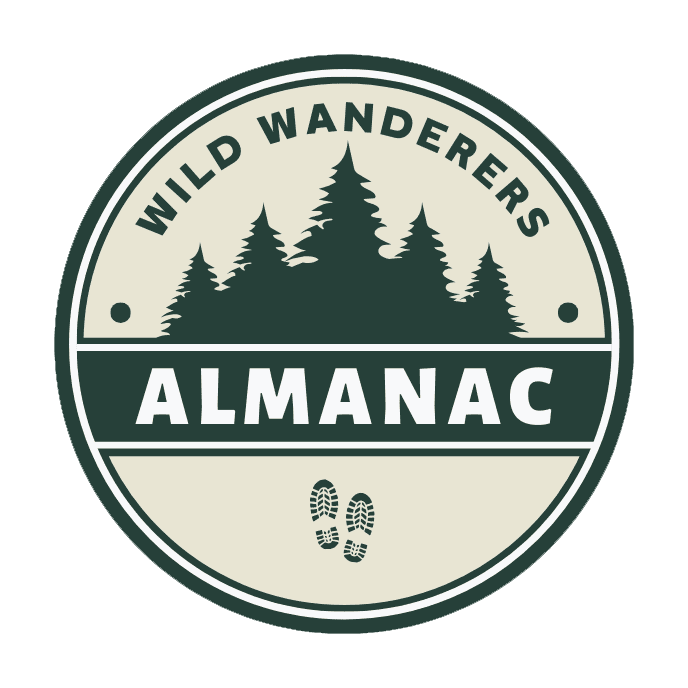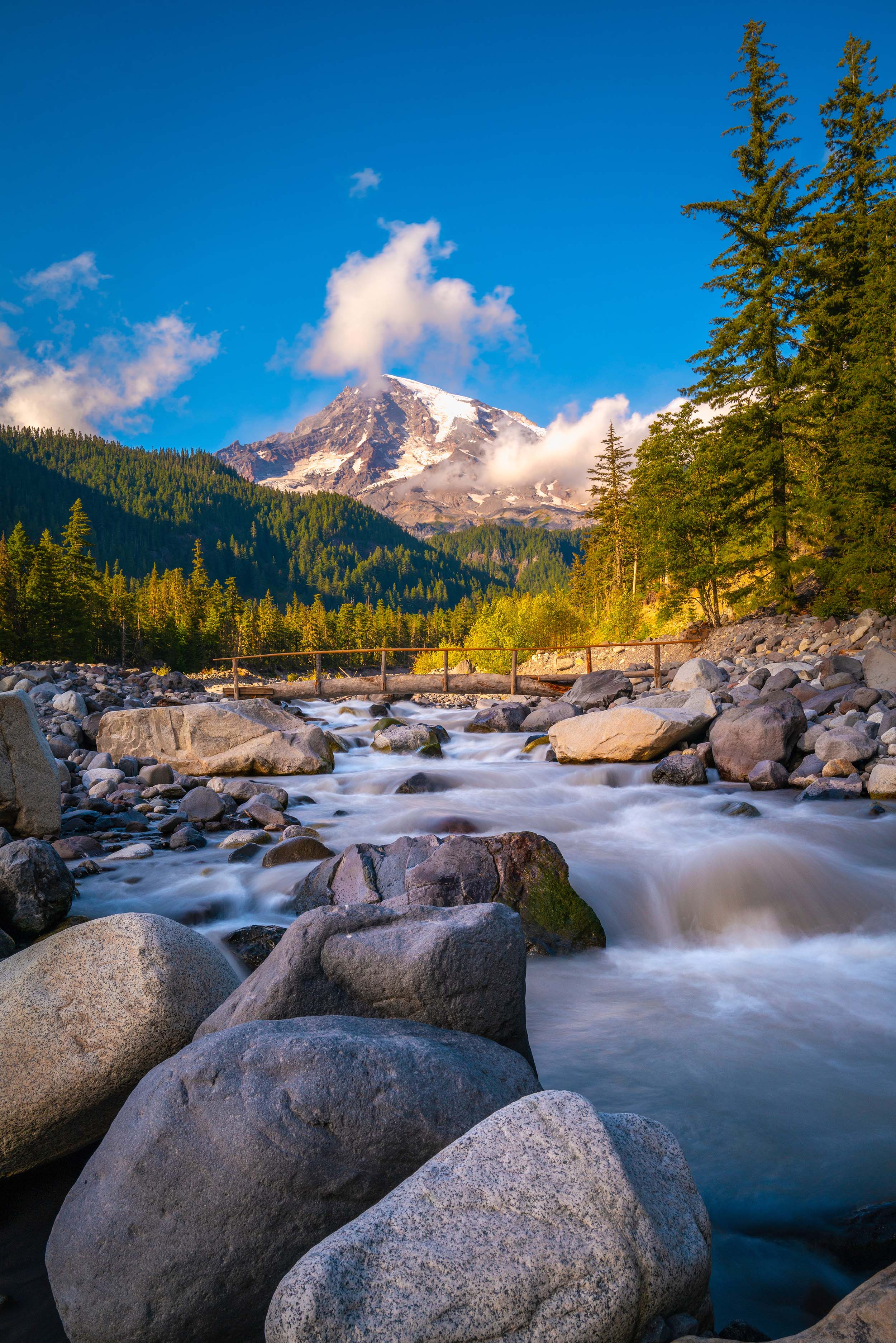Park Information Quick Facts
Location: Washington
Park Size: 236,380 Acres
Time Needed: 1-3 days
Best Season: July and August
Must Do: Skyline Trail
Pro Tips: Early arrival ensures you get a parking spot at popular trailheads like Paradise or Sunrise, and you’ll enjoy the trails with fewer crowds.
Visitor Centers
Mount Rainier National Park features several visitor centers that provide a wealth of information, services, and breathtaking views to enhance your experience. The Henry M. Jackson Memorial Visitor Center at Paradise is the most popular, located at an elevation of 5,400 feet. This state-of-the-art facility offers stunning views of Mount Rainier, interactive exhibits about the park’s geology, history, and ecosystems, and an orientation film. Visitors can also find maps, guided hike schedules, and a gift shop stocked with souvenirs and educational materials. During the summer months, park rangers host talks and guided walks, making it an excellent starting point for exploring the Paradise area’s famous wildflower meadows and trails.
Plan Your Mount Rainier Adventure Today!
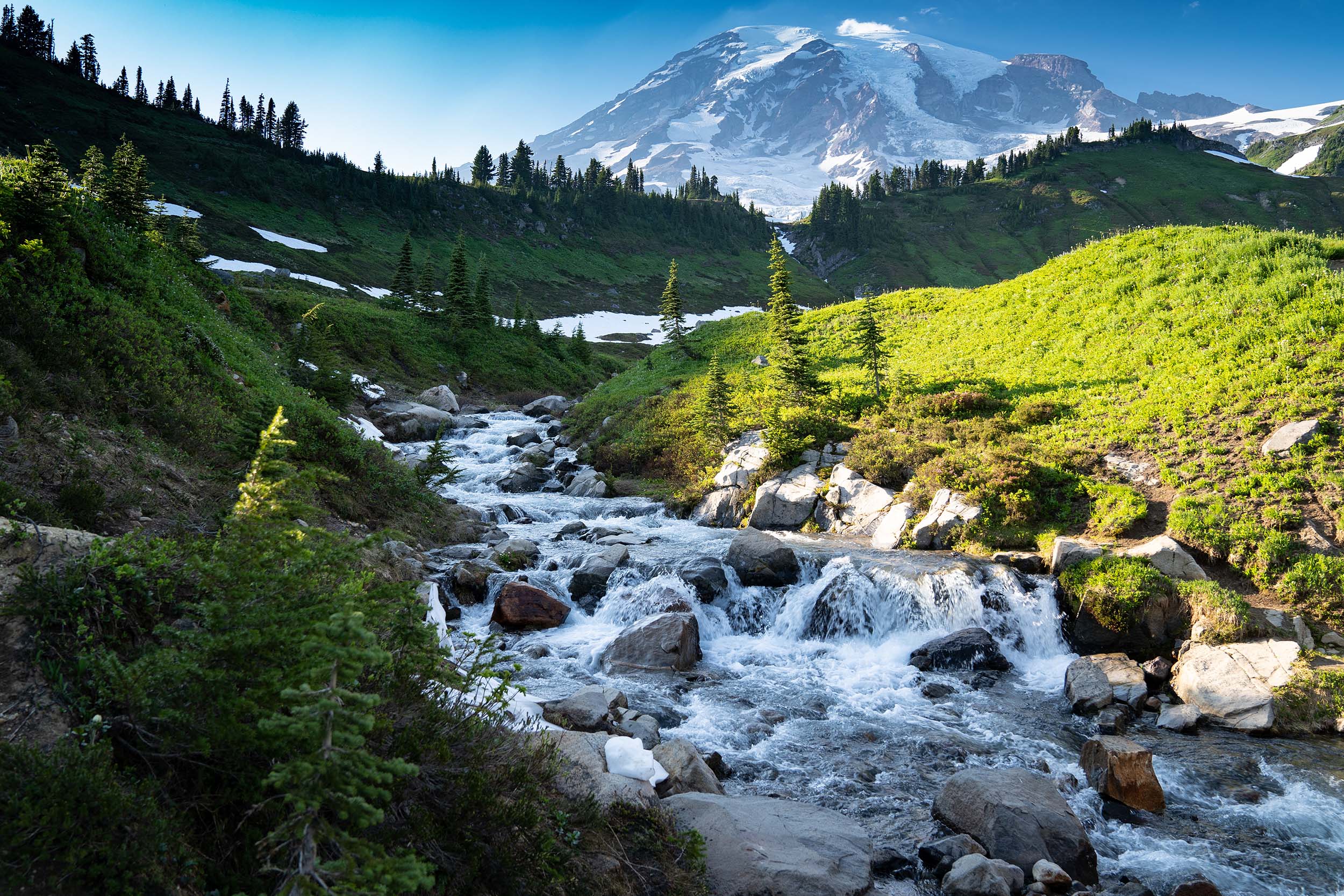
Getting There
How to Travel to Mount Rainier National Park
Traveling to Mount Rainier National Park is an adventure in itself, offering scenic drives and multiple access points. The park is located in Washington State, about 60 miles southeast of Seattle. The most common starting point is Seattle-Tacoma International Airport (SEA), which serves as the main gateway for visitors flying in. From the airport, you can rent a car and drive to the park, as public transportation options to the park are limited. The drive takes approximately 2–3 hours, depending on the entrance you choose and traffic conditions. Major highways like I-5 and SR-7 provide a direct route to the park’s Nisqually Entrance, the most popular and accessible entry point.
The park has five main entrances—Nisqually, Carbon River, White River, Stevens Canyon, and Ohanapecosh—each leading to unique areas of the park. The Nisqually Entrance, near Ashford, is open year-round and provides access to the Paradise area, known for its wildflowers and visitor center. If you’re visiting the Sunrise area, the White River Entrance is ideal, though it’s only open seasonally from late spring to early fall. Planning your route depends on what you want to see, so research which entrances align with your itinerary. Keep in mind that some areas of the park, like Carbon River and Mowich Lake, have unpaved roads that may require vehicles with higher clearance.
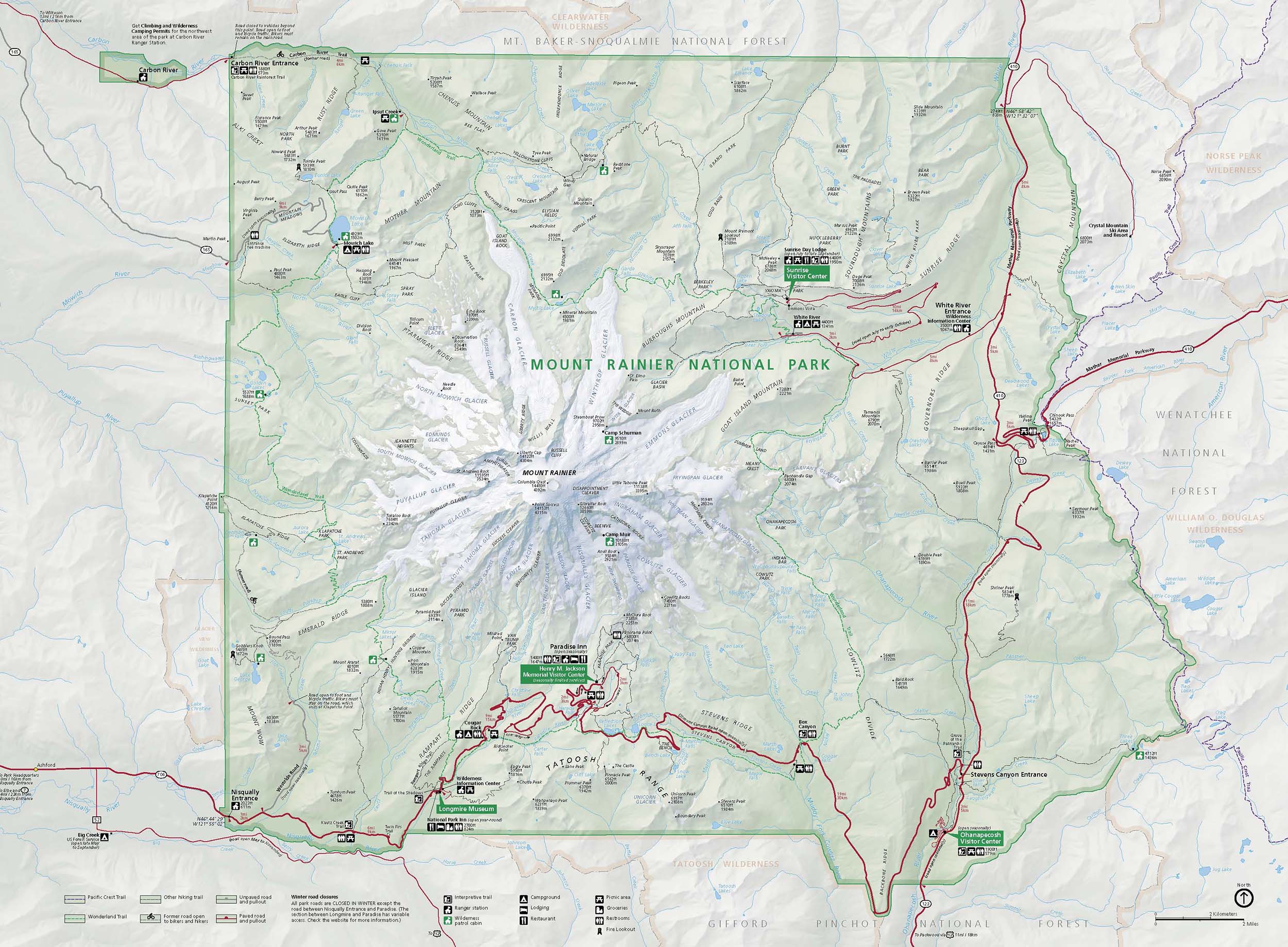
Camping
Cougar Rock Campground
- Location: Near the Paradise area, along the southwest entrance (Nisqually Entrance).
- Open: Late May to early October (seasonal).
- Details:
- 173 campsites for tents and RVs (max length: 27 feet for trailers, 35 feet for RVs).
- Reservations available during peak season through Recreation.gov.
- Flush toilets, potable water, fire pits, and picnic tables provided.
- Close to the Paradise Visitor Center and popular trails like Skyline and Nisqually Vista.
Ohanapecosh Campground
- Location: Southeast area of the park near the Stevens Canyon Entrance.
- Open: Late May to late September (seasonal).
- Details:
- 188 campsites for tents and RVs (max length: 32 feet).
- Reservations required during peak season.
- Flush toilets, potable water, and picnic areas available.
- Located near the Grove of the Patriarchs trail and Silver Falls.
- Set in an old-growth forest with scenic river access.
White River Campground
- Location: Near the Sunrise area in the northeastern part of the park.
- Open: Late June to late September (seasonal).
- Details:
- 112 first-come, first-served campsites for tents and small RVs (max length: 27 feet).
- Vault toilets and potable water provided.
- Close to Sunrise Visitor Center and trails like Sourdough Ridge and Emmons Moraine.
- Offers stunning views of Mount Rainier and easy access to high-elevation hikes.
Mowich Lake Campground
- Location: Northwestern area of the park.
- Open: Late June to early October (dependent on snow conditions).
- Details:
- Primitive camping with 10 walk-in tent sites.
- First-come, first-served only.
- No potable water or flush toilets (bring your own water or filter from streams).
- Located near Mowich Lake and access to trails like Tolmie Peak and Spray Park.
- Accessible via an unpaved road—vehicles with higher clearance recommended.
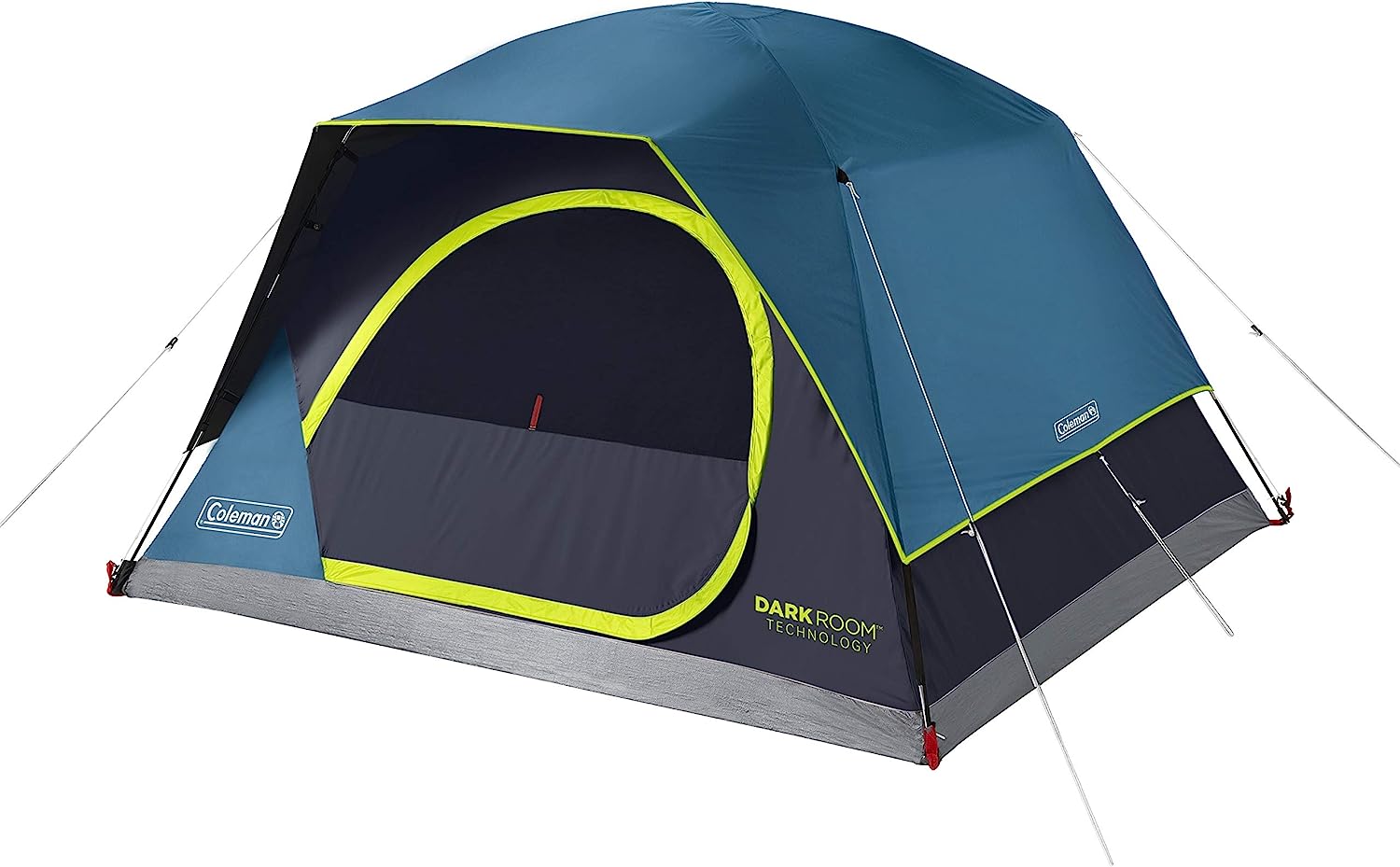
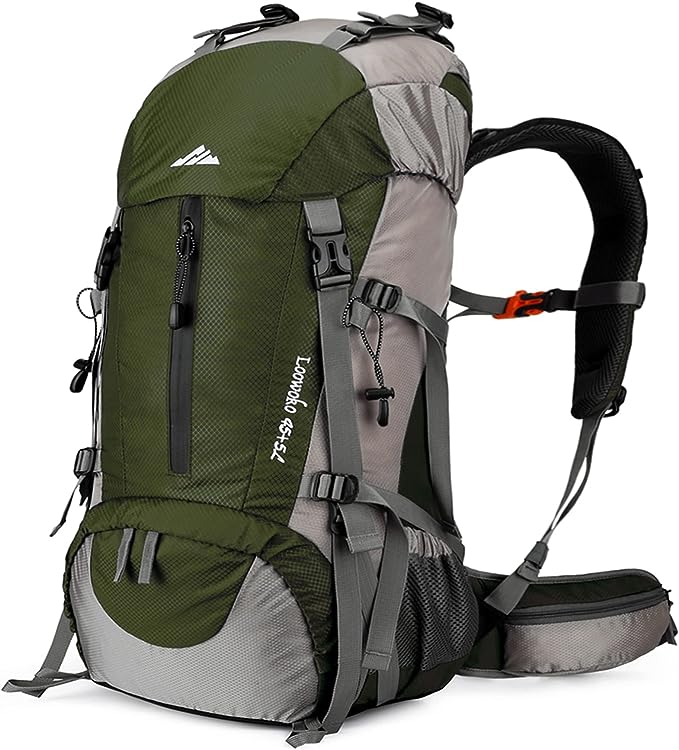
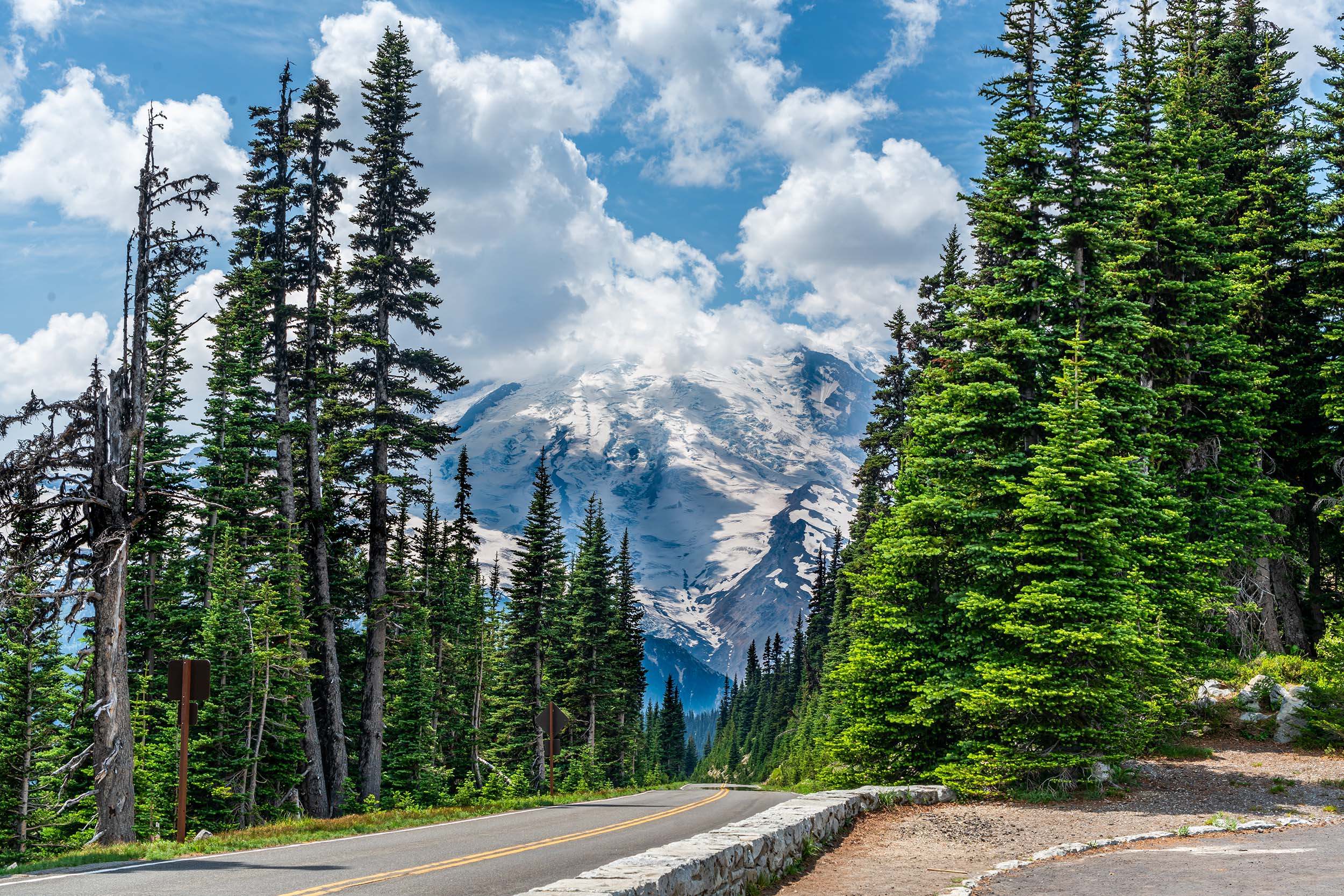
-
Reserve Campsites Early: During the peak summer season, campsites at Mount Rainier National Park fill up quickly, especially at popular campgrounds like Cougar Rock and Ohanapecosh. Make reservations well in advance through Recreation.gov to secure your spot. For first-come, first-served campgrounds like White River, plan to arrive early in the day to increase your chances of getting a site.
-
Prepare for Weather Changes: The weather at Mount Rainier can be unpredictable, even in summer. Be prepared for cold temperatures, rain, or even snow, especially at higher elevations. Pack layers of clothing, a high-quality tent, and weather-resistant gear. Always check the weather forecast before your trip, and ensure your campsite is set up to handle potential adverse conditions.
-
Respect Bear Safety: Bears are common in the park, so it’s essential to store food properly. Use the bear-proof lockers available at most campgrounds or hang food in a tree at least 10 feet off the ground and 4 feet away from the trunk. Never leave food unattended, and clean up thoroughly after meals to avoid attracting wildlife. Bear spray is also recommended if you plan to venture into backcountry areas.
Popular Hiking Trails
Skyline Trail (Paradise)
- Distance: 5.5 miles (round trip)
- Elevation Gain: 1,700 feet
- Difficulty: Moderate
- Details:
- This iconic trail offers stunning views of Mount Rainier, wildflower meadows, glaciers, and valleys. Starting from Paradise, the trail loops around the slopes of the mountain, with panoramic vistas at every turn. Best hiked in summer when the wildflowers are in full bloom.
- The trail connects to other shorter trails like the Nisqually Vista Trail for easier options.
Sunrise Lake Trail (Sunrise Area)
- Distance: 2 miles (round trip)
- Elevation Gain: 600 feet
- Difficulty: Easy
- Details:
- This short and easy trail starts at the Sunrise Visitor Center and offers breathtaking views of Mount Rainier and the surrounding landscape. It leads to a beautiful alpine lake, perfect for a picnic or quiet reflection.
- Great for those looking for a family-friendly hike or a peaceful spot to enjoy the scenery.
Tolmie Peak Trail (Mowich Lake)
- Distance: 5.5 miles (round trip)
- Elevation Gain: 1,100 feet
- Difficulty: Moderate
- Details:
- This scenic trail starts at Mowich Lake and leads to Tolmie Peak, offering incredible views of Mount Rainier, its glaciers, and the surrounding valleys. The trail’s highlight is the Tolmie Peak Lookout, a historic fire lookout with 360-degree views of the park.
- The road to Mowich Lake is unpaved, so higher clearance vehicles are recommended.
Myrtle Falls Trail (Paradise)
- Distance: 0.5 miles (round trip)
- Elevation Gain: 100 feet
- Difficulty: Easy
- Details:
- A short, easy trail that leads to a picturesque waterfall with Mount Rainier as a backdrop. This trail is a great option for families or those with limited time, and it provides fantastic photo opportunities.
Nisqually Vista Trail (Paradise)
- Distance: 1.2 miles (round trip)
- Elevation Gain: 100 feet
- Difficulty: Easy
- Details:
- A short, paved loop trail that offers stunning views of the Nisqually Glacier and Mount Rainier. It’s ideal for a quick hike or for those with limited mobility, offering easy access to beautiful scenery.
Wonderland Trail
- Distance: 93 miles (one way)
- Elevation Gain: 22,000 feet (total)
- Difficulty: Challenging
- Details:
- A legendary long-distance trail that circumnavigates Mount Rainier, the Wonderland Trail takes you through diverse ecosystems, from lush old-growth forests to alpine meadows. This trail can take 9-14 days to complete, depending on your pace.
- Permits are required for overnight camping, and reservations are highly recommended due to the trail’s popularity.
Sourdough Ridge Trail (Sunrise)
- Distance: 3.5 miles (round trip)
- Elevation Gain: 700 feet
- Difficulty: Moderate
- Details:
- Starting from the Sunrise Visitor Center, this trail follows a ridge with exceptional views of Mount Rainier, nearby glaciers, and the Cascades. You’ll also pass through alpine meadows filled with wildflowers in summer.
- It connects to other trails in the area, including the Burroughs Mountain Trail, for those looking to extend their hike.
Grove of the Patriarchs Trail (Ohanapecosh)
- Distance: 1.5 miles (round trip)
- Elevation Gain: 100 feet
- Difficulty: Easy
- Details:
- This short, easy trail takes you through an ancient forest of towering, moss-covered trees, including some of the park’s oldest and largest trees. The trail crosses the Ohanapecosh River via a suspension bridge, providing a serene experience perfect for families or those looking for a leisurely walk in nature.
Burroughs Mountain Trail (Sunrise Area)
- Distance: 9 miles (round trip)
- Elevation Gain: 2,500 feet
- Difficulty: Moderate to Difficult
- Details:
- This challenging trail offers some of the best panoramic views of Mount Rainier and its surrounding glaciers. It traverses alpine meadows and leads to Burroughs Mountain, where you’ll be treated to close-up views of the mountain’s glaciers and rugged terrain.
- Best for experienced hikers looking for a more strenuous day hike.
Reflection Lakes Trail (Paradise)
- Distance: 0.5 miles (round trip)
- Elevation Gain: 50 feet
- Difficulty: Easy
- Details:
- This short and easy trail takes you to the picturesque Reflection Lakes, where you can see Mount Rainier reflected in the still waters. It’s a great place for photography, especially during sunrise and sunset when the light is perfect.
Hiking Trails in Mount Rainier National Park
Hiking at Mount Rainier National Park offers some of the most spectacular scenery in the Pacific Northwest, with a range of trails suitable for all levels of hikers. Whether you’re looking for a short, easy walk through old-growth forests or an ambitious multi-day backpacking adventure, the park has it all. The park’s diverse terrain includes alpine meadows, dense forests, rugged mountains, and pristine lakes, all providing breathtaking views of Mount Rainier itself, glaciers, and cascading waterfalls. Popular trails like the Skyline Trail at Paradise or the Wonderland Trail, which circles the entire mountain, draw visitors seeking both beauty and a physical challenge.
For those seeking a more leisurely experience, Mount Rainier offers many short, easy hikes that still showcase the park’s incredible beauty. Trails like the Myrtle Falls Trail and Nisqually Vista Trail are easily accessible and perfect for families or individuals looking to enjoy the landscape without a strenuous trek. These trails provide fantastic opportunities to see iconic spots, such as wildflower meadows, rushing streams, and panoramic views of Mount Rainier, especially in the summer when the area is vibrant with color. Even the shortest hikes provide opportunities to witness the park’s diverse ecosystems, from alpine environments to lush valleys.
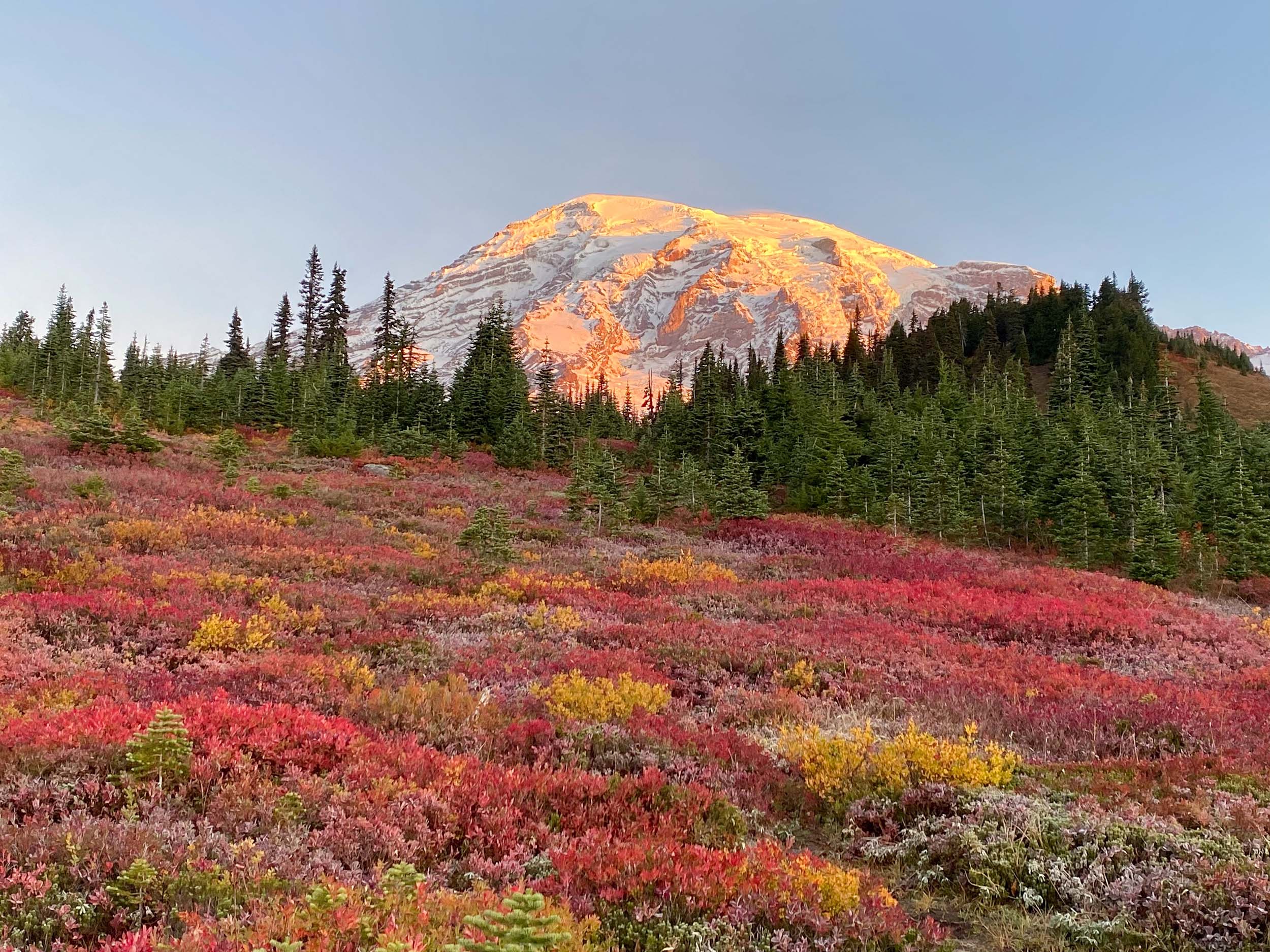
Wildlife at the Park
Mount Rainier National Park is home to a diverse array of wildlife, thanks to its variety of ecosystems, ranging from temperate rainforests to alpine meadows. One of the most iconic animals in the park is the black bear, which can often be spotted foraging for food in the forested areas, especially in the spring and fall. While generally shy, black bears may be seen near campgrounds or on trails in search of berries, roots, and other natural foods. Visitors should be aware of bear safety protocols, such as storing food in bear-proof containers and maintaining a safe distance from wildlife.
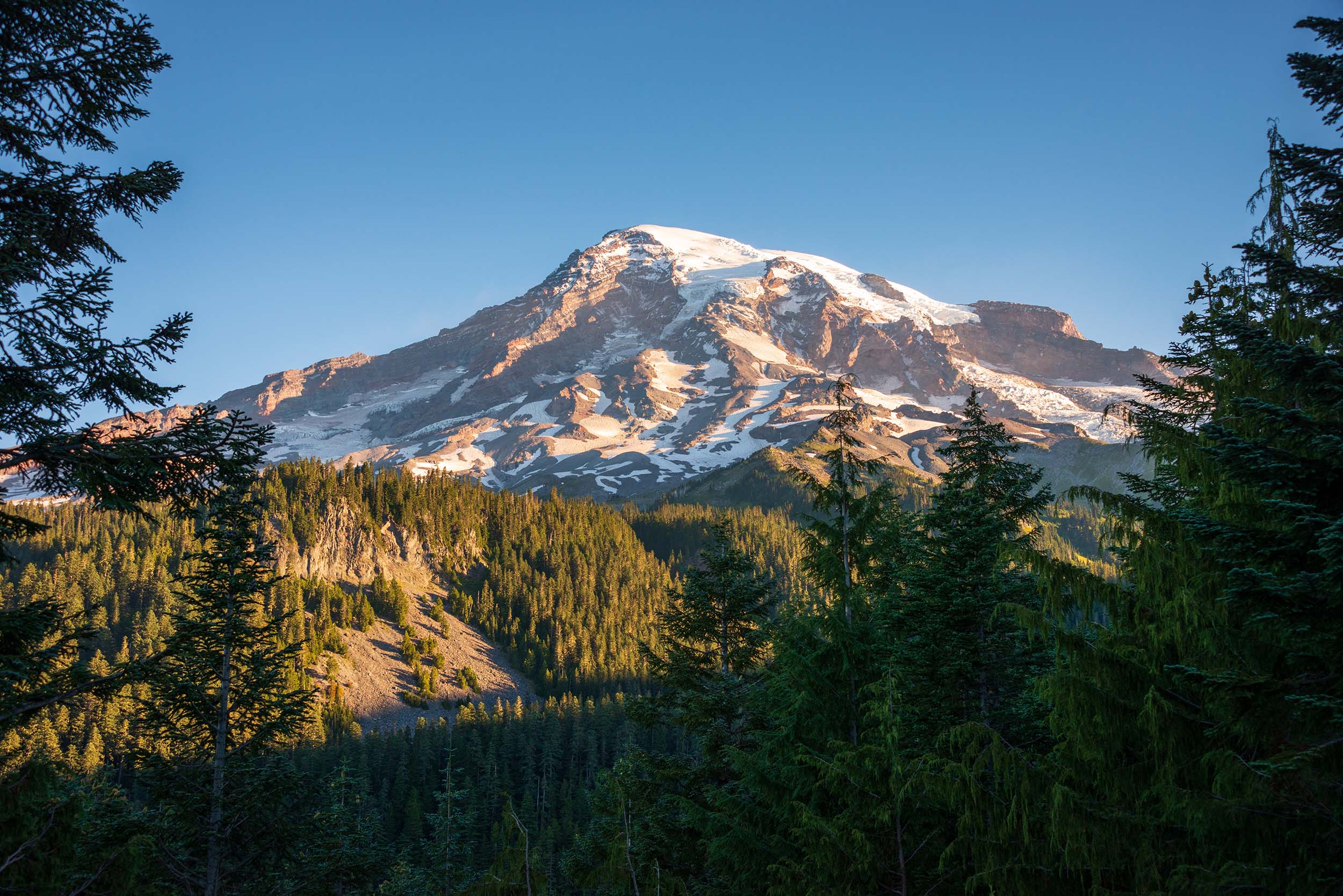
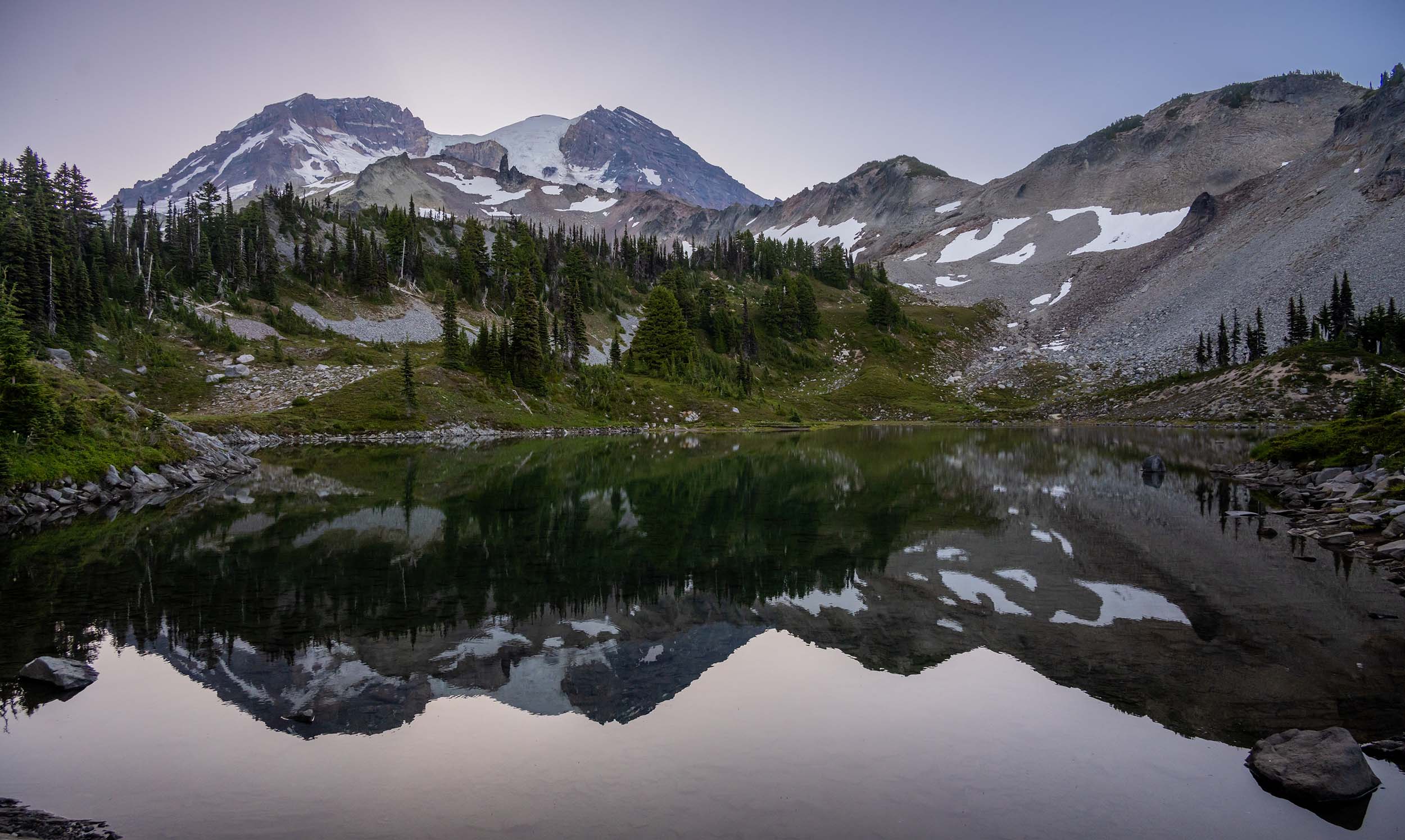
In addition to black bears, the park is also home to elk, deer, and mountain goats, all of which thrive in the park’s varied habitats. Elk can be seen grazing in meadows, particularly around the Paradise area, while deer are common throughout the park, especially in lower elevations. Mountain goats, known for their sure-footedness on steep terrain, are often spotted at higher elevations, particularly around the Sunrise area. These animals are a quintessential part of the park’s alpine landscape, often seen against the backdrop of towering peaks and glaciers.
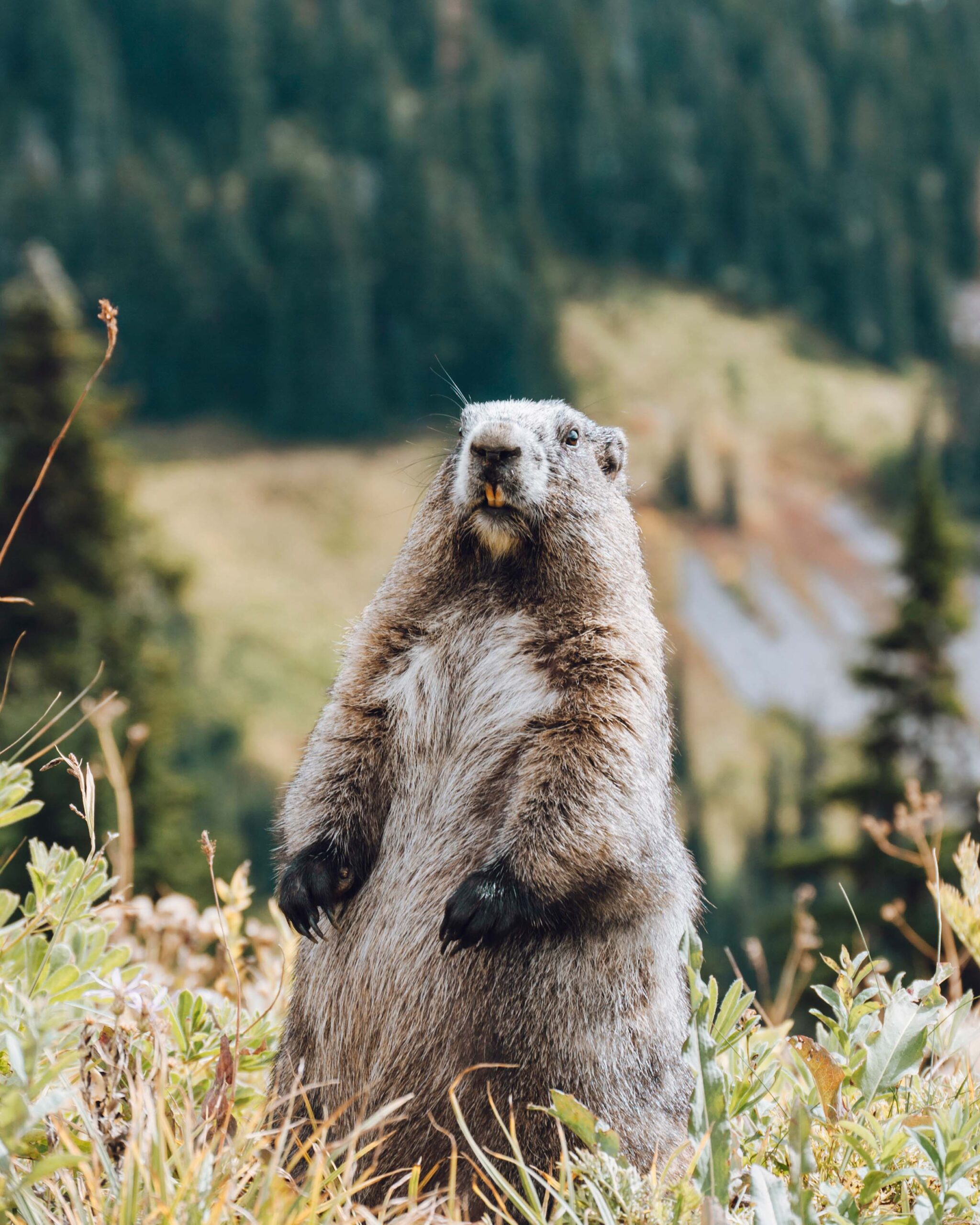
Gear We Used

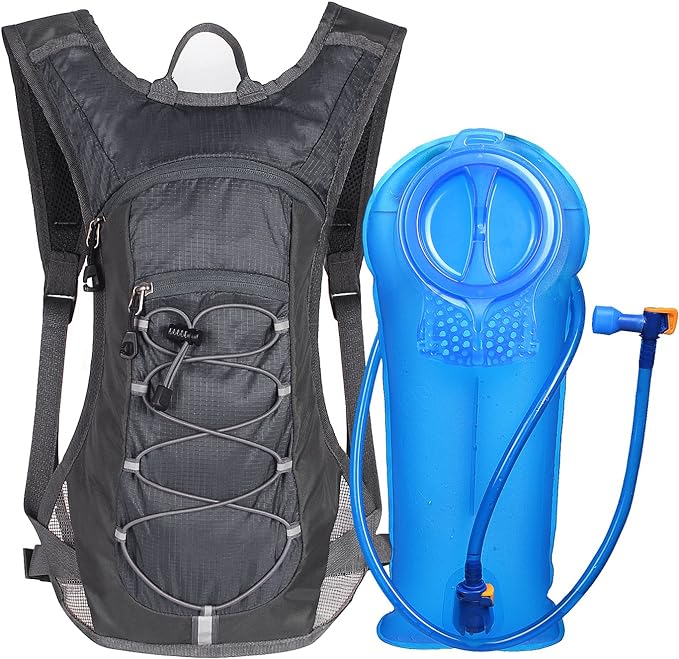
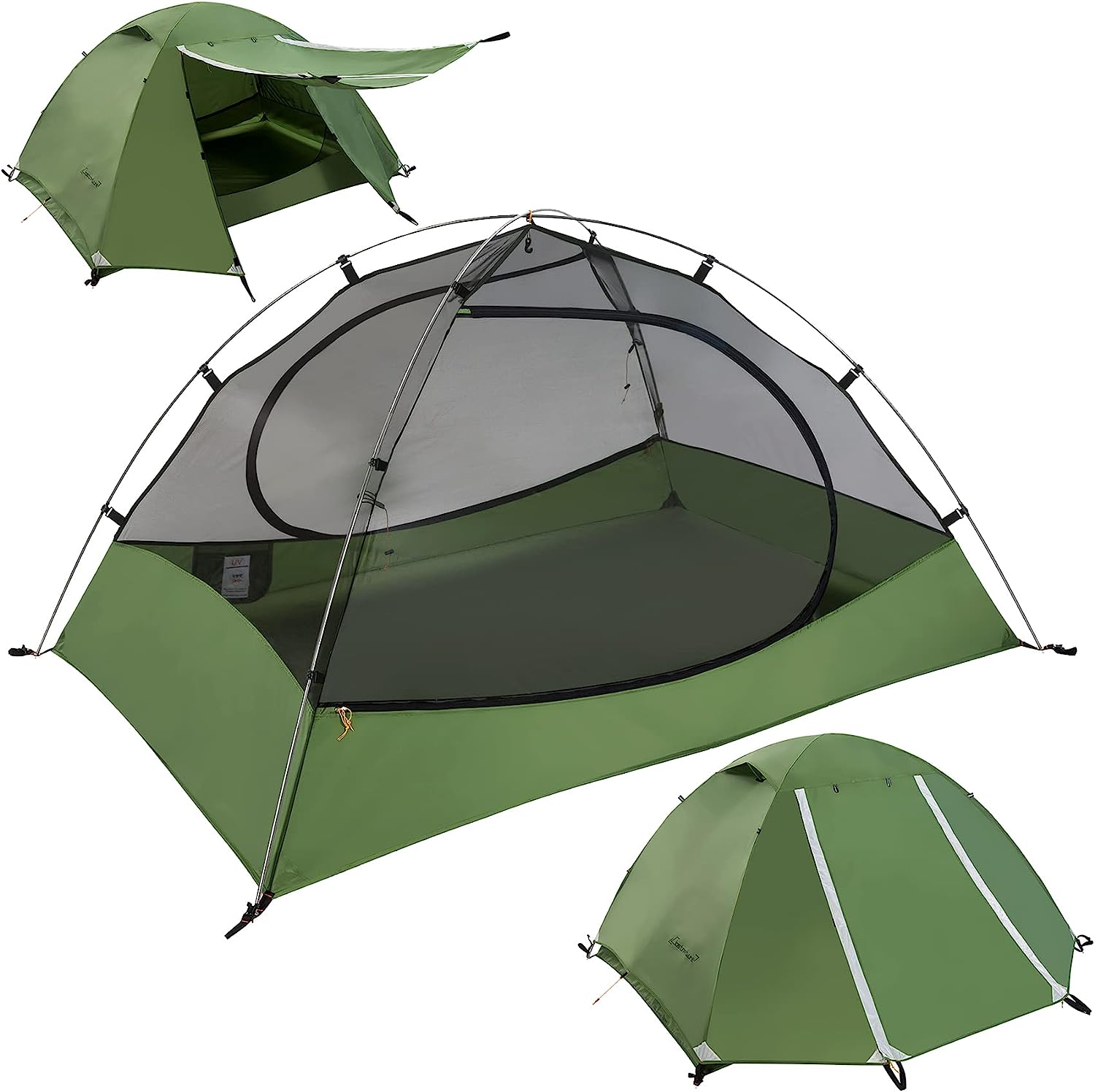
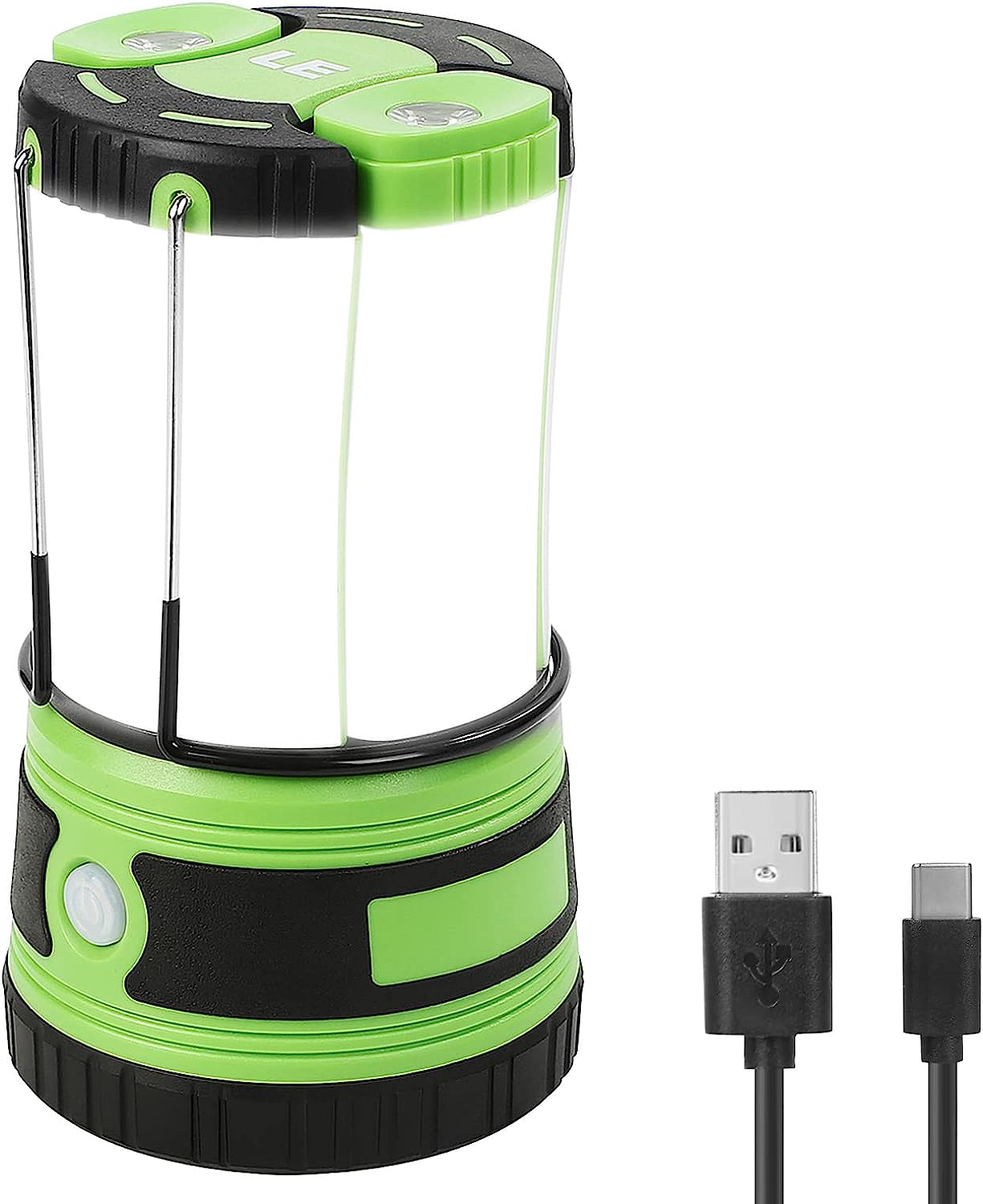
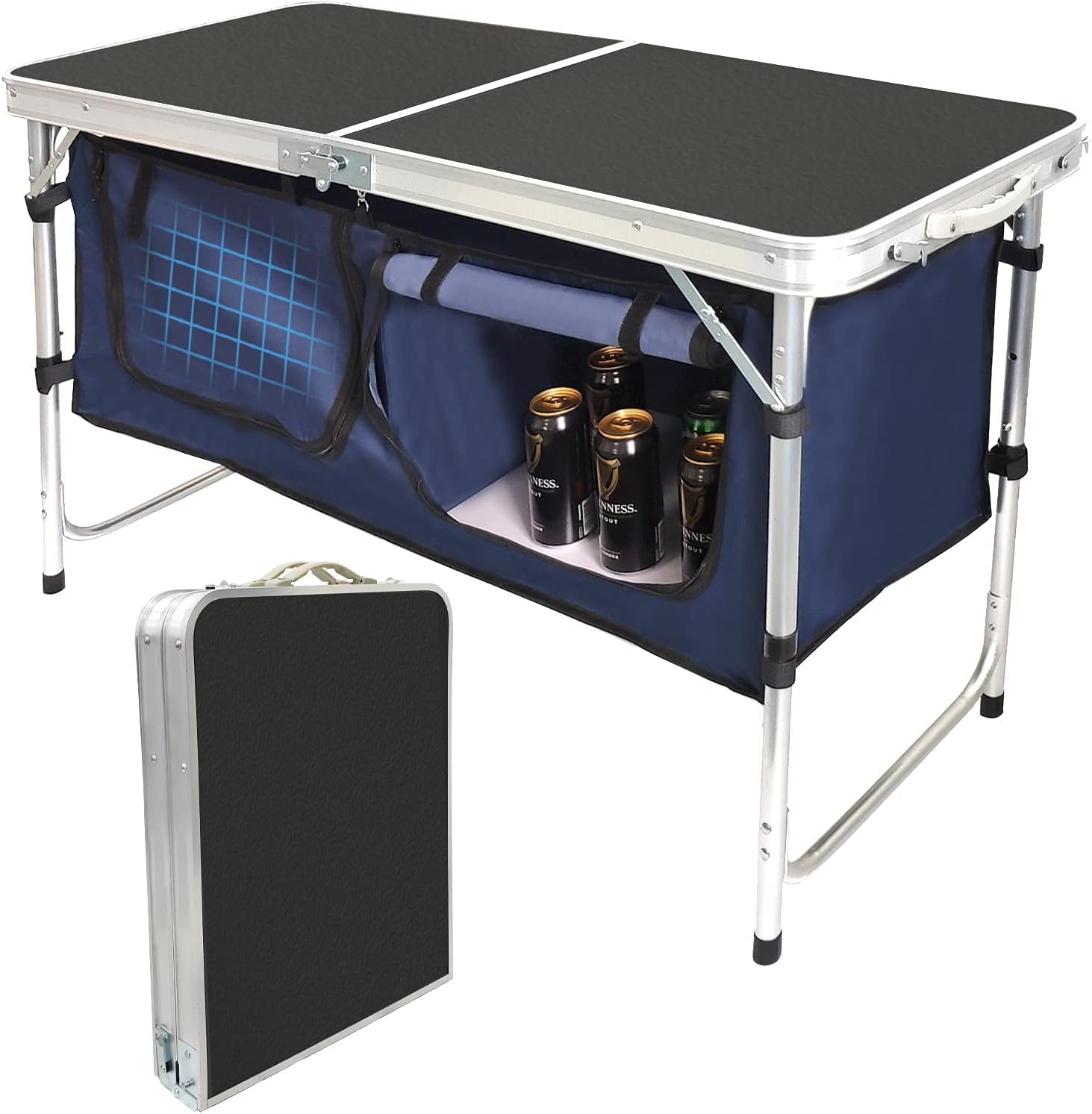
Must-Do Activities
Visit Sunrise for Breathtaking Views
A trip to Sunrise, the highest point accessible by car in the park, is another must-do activity. The Sunrise Visitor Center offers stunning views of Mount Rainier and the surrounding Cascade Range, and you can hike trails like Sourdough Ridge for even more incredible vistas. Sunrise is also a fantastic spot for photography, particularly at dawn when the light hits the mountain and its glaciers beautifully. It’s a prime location to enjoy the tranquility of the alpine environment and witness the park’s rugged beauty.
Explore the Grove of the Patriarchs Trail
Hike to Paradise and Skyline Trail
One of the most iconic experiences in Mount Rainier National Park is hiking the Skyline Trail at Paradise. This moderate 5.5-mile loop offers panoramic views of Mount Rainier, glaciers, and vibrant wildflower meadows during the summer months. Whether you’re a seasoned hiker or just looking for a scenic day hike, this trail provides an unforgettable view of the park’s beauty, with multiple viewpoints along the way. A must-do for anyone wanting to experience the park’s diverse landscapes and stunning vistas.
Mount Rainier National Park History
Mount Rainier National Park, established in 1899, was the fifth national park created in the United States, making it one of the oldest in the nation. The park was formed largely due to the efforts of local citizens, including influential figures like land surveyor James Longmire, who recognized the area’s natural beauty and the need for preservation. Mount Rainier, known to the indigenous Puyallup people as “Tacobet” or “Tahoma,” has long held cultural significance for the Native American tribes in the region. The creation of the park helped protect the sacred lands surrounding the towering, snow-covered peak, as well as the rich ecosystems that thrived in the area.
The park’s early history was marked by the development of its infrastructure to accommodate visitors. In the early 20th century, the establishment of trails, the construction of roads, and the opening of lodges such as the historic Paradise Inn in 1916 began to draw tourists to the area. The development of Mount Rainier as a tourist destination allowed more people to experience the park’s grandeur, leading to the growth of the national park system. Over the years, the park has seen increased visitation, particularly after the introduction of more modern transportation like automobiles, which made it easier for people to access the park’s remote areas.
